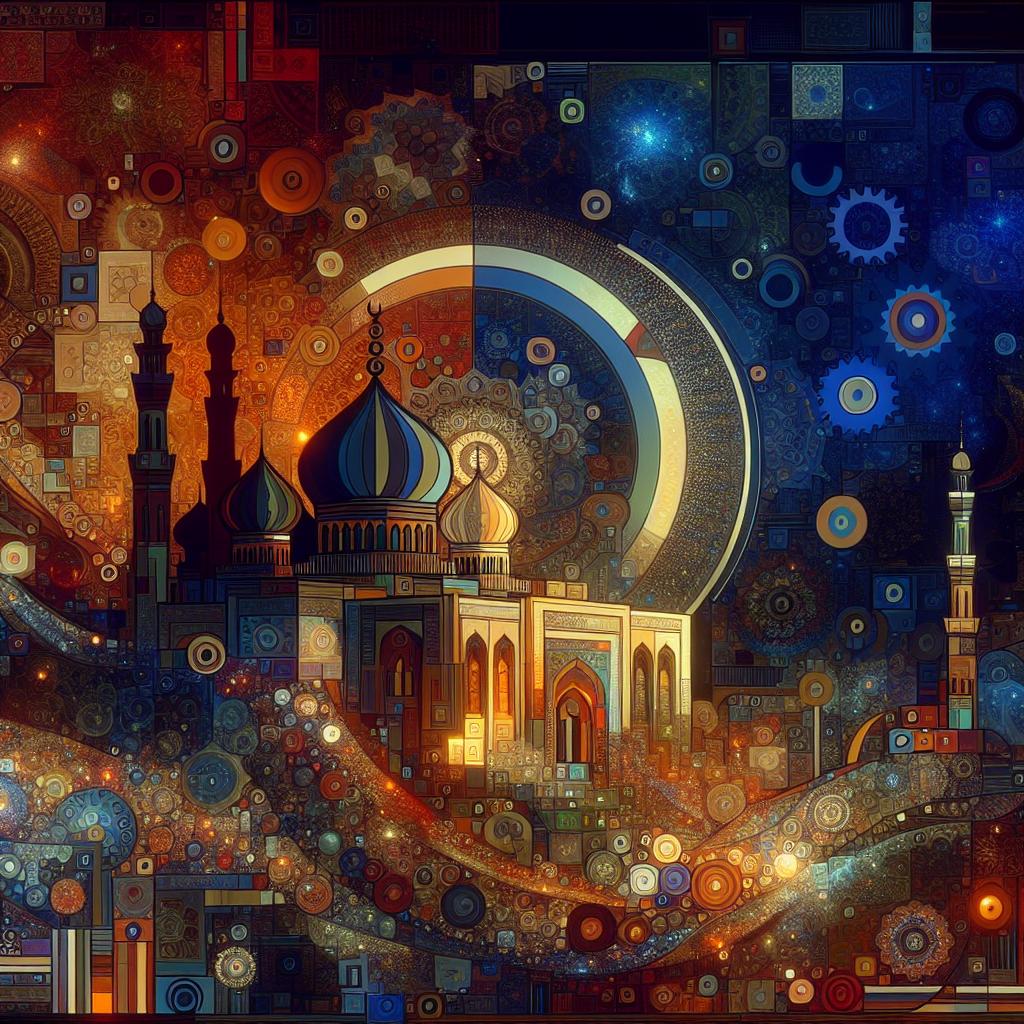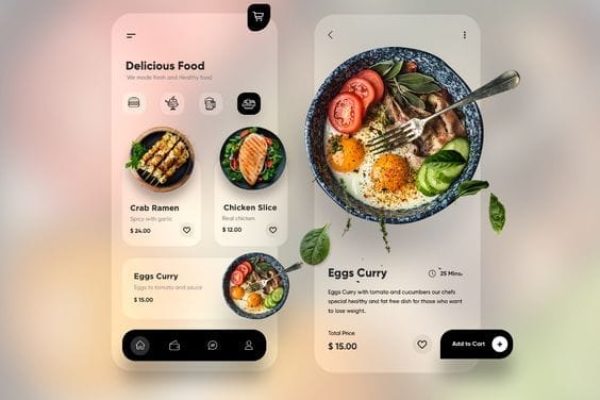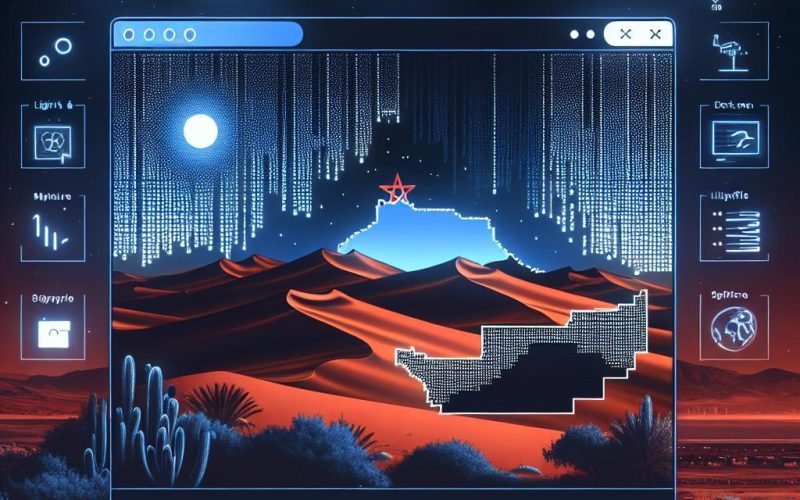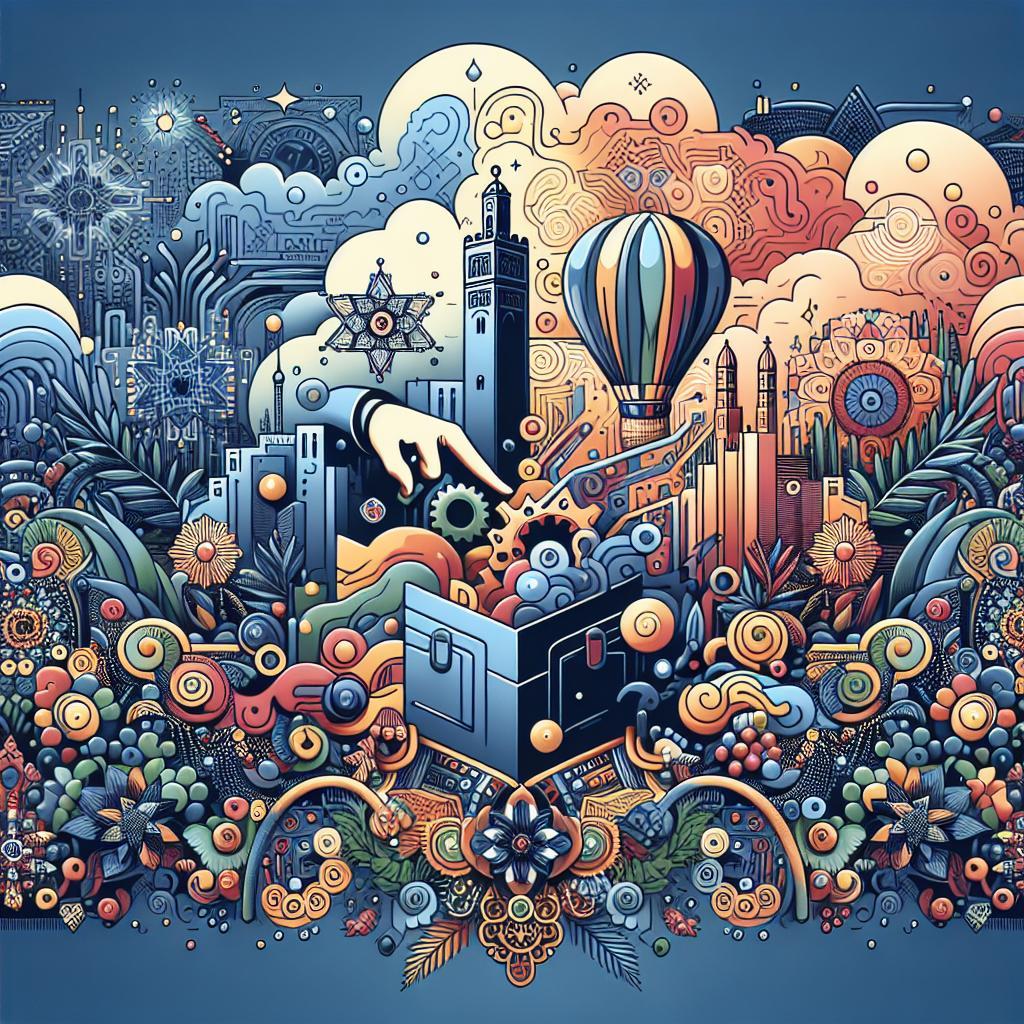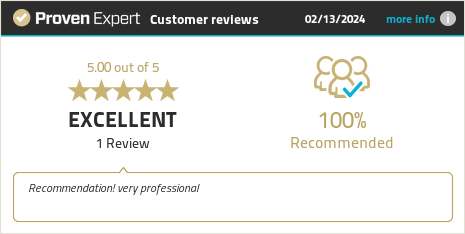in recent years, the digital landscape has seen a remarkable shift towards user-centric design, with one trend rising above the rest: dark mode. This visually soothing option not only enhances aesthetic appeal but also significantly improves user experiance, especially in low-light environments. As the sun sets over Morocco, illuminating the vibrant culture adn rich history, it’s the perfect time to consider how this innovative feature can transform your website into a more inviting space for your users.Whether you’re a seasoned developer or a business owner looking to elevate your online presence, implementing dark mode is an prospect to cater to the diverse needs of your audience. In this article, we’ll walk you through the essentials of integrating dark mode into your website, exploring the benefits, technical steps, and best practices that align seamlessly with MoroccoS unique digital ecosystem. Let’s embark on this journey to enhance your site and captivate visitors, both day and night.
For users in Morocco, the significance of dark mode goes beyond aesthetics; it caters to various practical needs. With the country’s varied climate and lighting conditions, many users may find themselves browsing on their mobile devices in low-light settings. Dark mode reduces glare and eye strain, which can enhance the overall user experience. Furthermore, it can help to extend battery life on OLED screens, making it an appealing option for users who rely heavily on their devices throughout the day. To effectively implement dark mode, it’s essential to adhere to design principles that prioritize readability and contrast. Ensure that text is easily legible against dark backgrounds by selecting suitable color contrasts and keeping UI elements intuitive.
The transition to dark mode should be seamless; therefore, implementing responsive design is crucial.Utilize CSS variables to toggle between light and dark themes without redundant code.Promoting dark mode can be done through engaging website banners or interactive prompts during user onboarding. Additionally, user testing is vital for refining the experience. Conduct A/B testing to gather user feedback, allowing you to optimize the interface. A simple table showcasing feedback metrics can definitely help you decide on the final design:
| User Feedback Metric | Before Implementation | After Implementation |
|---|---|---|
| Eye Strain Complaints | 45% | 20% |
| user Satisfaction Rate | 65% | 85% |
| Engagement Time | 3 mins | 5 mins |
Q&A
Q&A: how to Implement Dark Mode on Your Website in Morocco
Q: What is Dark Mode, and why is it becoming popular in web design?
A: Dark Mode is a color scheme that uses light-colored text, icons, and graphical user interface elements on a dark background. Its popularity has surged as many users find it easier on the eyes, especially in low-light environments. Additionally, it can conserve battery life on OLED screens and may even reduce eye strain. In Morocco, where digital usage is growing, offering both light and dark modes can enhance user experience and accessibility.
Q: How can I determine if my website needs a Dark Mode feature?
A: First, assess your audience. If your website caters to demographics that enjoy extended screen time, like gamers or students, a Dark Mode option could be beneficial. Consider user feedback, run surveys, or analyze website traffic during different times of the day to gauge interest. Ultimately, providing diverse options can enhance user satisfaction.
Q: What are the steps to implement Dark Mode on my website?
A: Implementing Dark mode involves a few key steps:
- Design Your Palette: Choose a color scheme that offers good contrast but is not overly harsh.Typically, dark shades like deep gray or black work well with softer, muted colors for text.
- Update Your CSS: Use CSS variables to manage your theme easily. create a primary color scheme (light) and a secondary color scheme (dark), providing a seamless switch between them.
- JavaScript for Toggle: Write a simple JavaScript function that toggles between the two themes. Create an event listener for a button or toggle switch, allowing users to switch modes manually.
- User Preference: Use the
prefers-color-schememedia query to adjust the theme based on the user’s OS settings, catering to those who prefer Dark Mode without needing to switch manually. - Testing: Rigorously test the new design on different devices and browsers to ensure consistency and usability.
Q: Is there any specific technology stack I should consider for better Dark Mode implementation?
A: While Dark Mode can be implemented with vanilla HTML, CSS, and JavaScript, using frameworks like React or Vue can simplify the process. They provide component-based architecture that allows for reusable styling.Additionally, CSS preprocessors like SASS can help manage themes more efficiently.
Q: Are there any legal or cultural considerations for implementing Dark Mode in Morocco?
A: As Morocco embraces digital innovation, the legal landscape is relatively flexible regarding web design trends. However, it’s important to respect local cultural sensitivities in your color choices and designs. Engaging with local designers or getting feedback from Moroccan users can definitely help ensure your Dark Mode aligns with cultural aesthetics.Q: How can I educate my users about the new Dark Mode feature?
A: Communication is key! Create an eye-catching banner or a dedicated section in your website’s help area that explains the benefits of Dark Mode. A brief tutorial or a short video can also guide users on how to toggle between modes. Leverage your social media platforms to announce the new feature and encourage user interaction.
Q: What tools can definitely help in designing and implementing Dark Mode efficiently?
A: Tools such as figma and Adobe XD allow you to create and preview dark mode designs effectively.For testing the contrast and overall aesthetics,online tools like Contrast Checker can be invaluable. Additionally, using browser developer tools can help you troubleshoot and optimize your Dark Mode adjustments in real-time.
Q: How will I know if my Dark mode implementation is successful?
A: Success can be measured through various metrics,including increased user engagement,lower bounce rates,and positive user feedback specifically related to the Dark Mode experience. Analytics tools can help you track how many users opt for Dark Mode versus Light mode and adjust your design based on this data.
Implementing Dark Mode is not just a trend; it’s a thoughtful approach to improving user experience.With awareness and a bit of creativity, Moroccan web developers can skillfully integrate this feature into their designs, catering to an evolving digital audience.
Final Thoughts
As we wrap up our journey through the nuances of implementing dark mode on your website, we hope you’ve gleaned valuable insights tailored to the unique digital landscape of Morocco. Embracing this feature not only enhances user experience but also reflects a modern approach to web design that resonates with today’s tech-savvy audience.By optimizing your site for dark mode, you’re not just catering to aesthetic preferences but also prioritizing accessibility and comfort—qualities that increasingly define quality web experiences in the region.
As you move forward with your implementation, consider the diverse preferences of your audience and remain flexible in your approach. Remember that dark mode is more than a trend; it’s an opportunity to engage users at a deeper level.So, gather your tools, rally your team, and let your creativity flow as you embark on this exciting enhancement to your website.After all, in a world that often feels bright and overwhelming, a touch of darkness can offer a refreshing reprieve. happy coding!